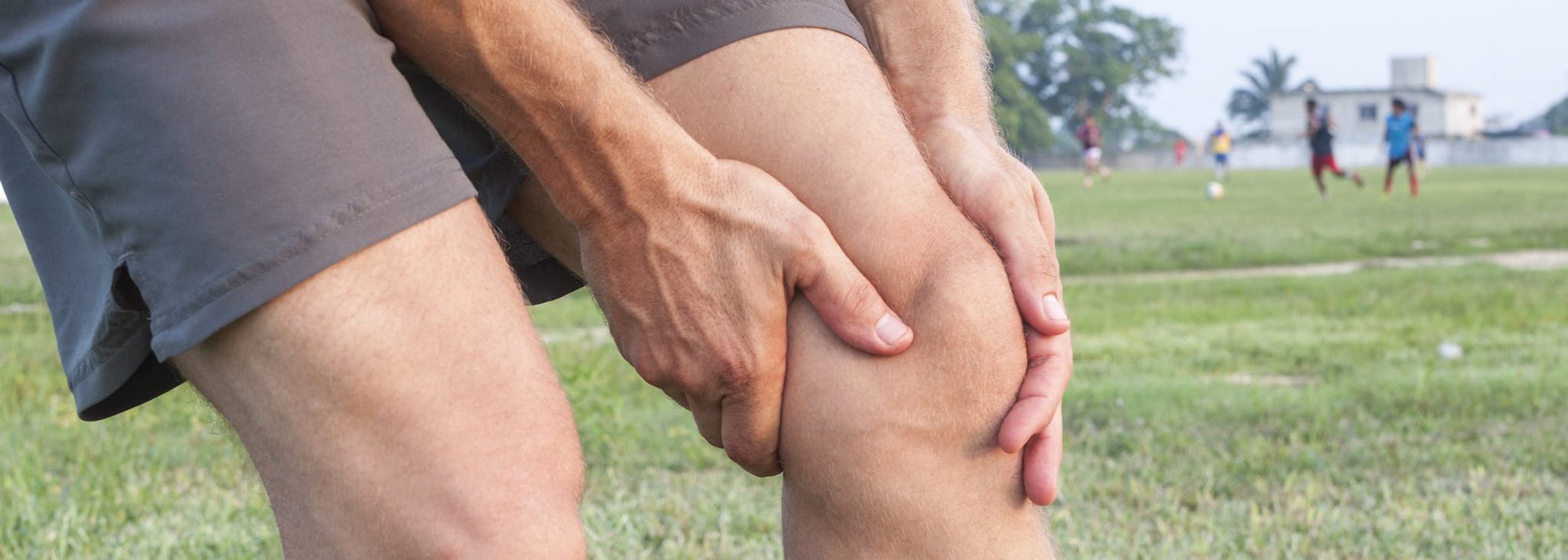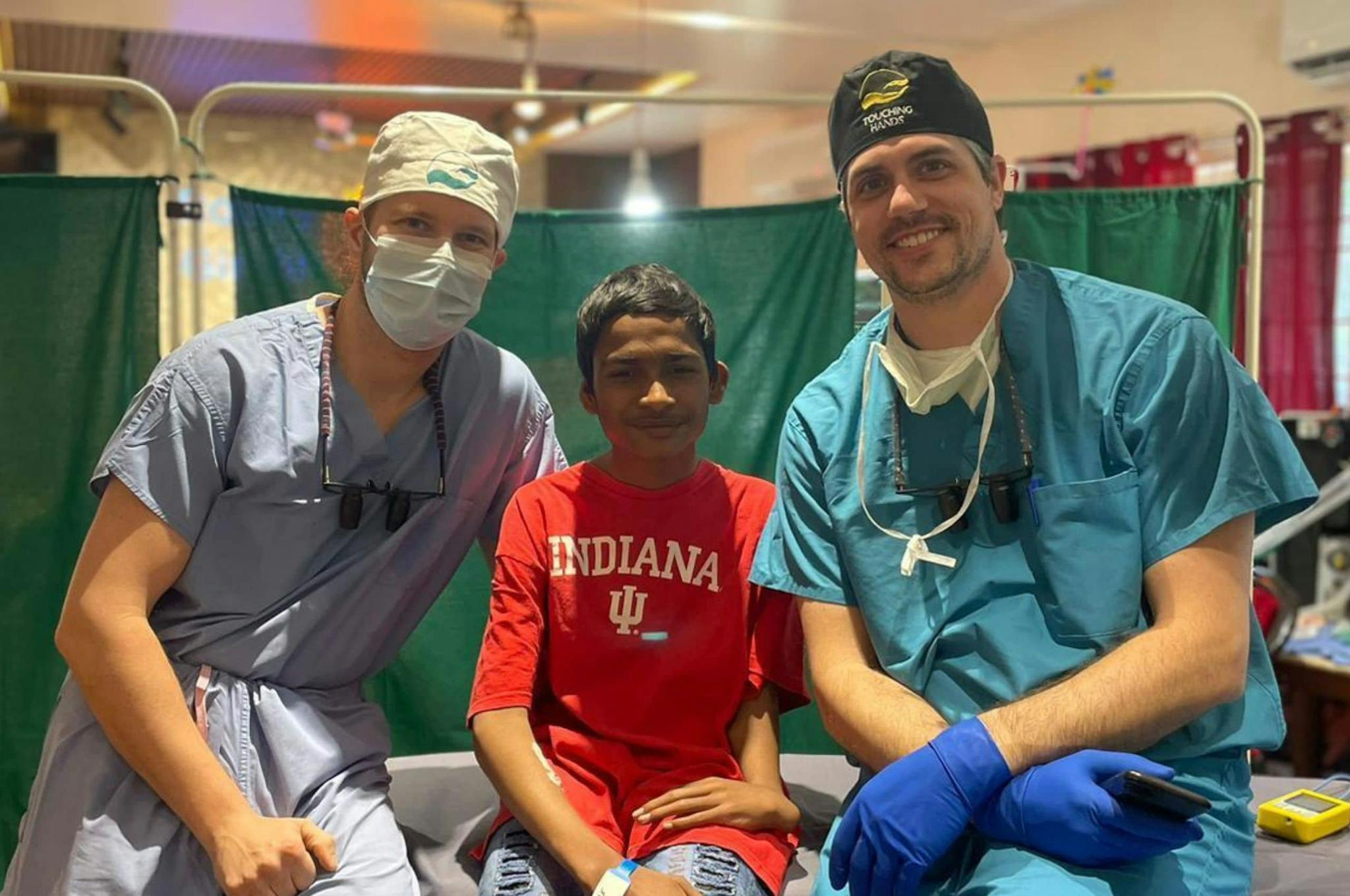
2024-06-21T14:29:51
Coral Desert Orthopedics Voted Best Orthopedic Surgeon in Southern Utah
- Orthopedics
September 26, 2016 | Orthopedics
Specialties:Orthopedics

Are you doing everything you can to keep your MCL healthy?
The medial collateral ligament (MCL) is on the inner part of the knee. It prevents your knee from bending inwards. An injury of the MCL can cause enough pain and instability in your knee to prevent you from working, going to school, participating in your favorite sport or simply performing the activities of daily living. Keeping this ligament strong is important to your active lifestyle.
There is a small degree of rotation in a healthy knee joint but only enough to allow for the mechanics of flexion and extension. Any rotation or lateral movement of the knee joint beyond a certain amount can inflict significant damage to the ligaments of the knee.
Your knees serve as the “middlemen” between your hips and feet on the ground. Knees are more vulnerable to problems when the connection between the hips and your lower legs does not function as well as it should.
There are three main causes of knee problems:
Ligaments are thick, strong bands of tissue that connect the ends of bones together to form a joint. Ligaments also stabilize and strengthen the joint.
Four ligaments connect the bottom of the thighbone, known as the femur, to the top of the shinbone, also known as the tibia. The ligament at the front of the knee, the anterior collateral ligament (ACL), prevents the shinbone from rotating and sliding forward off the thighbone during jumping or other activities that require quick changes in speed or direction. Immediately behind the ACL is the PCL, or posterior collateral ligament, that prevents the tibia from sliding backward of the femur.
Two ligaments, one lying on each side of the knee, provide side-to-side stability for the knee joint. The LCL, or lateral collateral ligament, is on the outer side of the knee. The MCL is on the inside of the knee, on the side of the knee that is closest to the other knee.
The ACL at the front of the knee, the PCL at the back of the knee, the LCL at the outer aspect of the knee and the MCL on the inner aspect of the knee work together to provide strength and stability to the knee. The MCL and ACL on each side of the knee work with the PCL at the back of the knee to prevent the shinbone from sliding too far backwards on the thighbone, for example.
A torn knee ligament can destabilize the knee and prevent you from doing things that involve twisting or turning your knee. Twisting or turning motions on a torn MCL can cause the knee to buckle or “give way.”
Ligament injury, such as MCL sprain, occurs when the ligament stretches or tears. Trauma to one side of the knee can injure ligaments on other sides of the knee. MCL injury is often the result of a direct blow to the outside of the knee, for example, when the trauma pushes the bones of the knee with enough force to tear or stretch the MCL ligament on the inside of the knee.
You are most likely to hurt your MCL while engaging in activities that involve twisting, bending or quick change in direction. MCL injuries are also common in skiing and other sports that require jumping, weaving and stop-and-go movements. MCL injuries can also occur when something hits the outside of the knee. These types of knee injuries are common during contact sports, such as football or soccer.
There are three grades of MCL injury:
Symptoms of an MCL injury include a popping sound when the injury occurs, pain and tenderness on the inner aspect of the knee, swelling, locking or “catching” of the knee, and a feeling that the knee is going to give out when you put weight on it. Doctors diagnose MCL injury through examination, x-rays and sometimes an MRI scan.
Early treatment for MCL injuries includes:
Treatment for MCL tears include:
Rehabilitation during recovery strengthens the knee and prevents further injury. Physical therapy strengthens hip and leg muscles, and improves range of motion in the knee joint. Recovery usually takes about 6 weeks.
Ligament repair surgery can be effective when other treatment approaches fail. A surgeon corrects a torn knee ligament by replacing the tissue with a piece of tendon. The doctor removes a tendon from another part of the body, often from the kneecap or hamstring, and then grafts the tendon into place. The tendon may come from the patient or from an organ donor.
Fortunately, you can take steps to protect your MCL and the rest of your knee before or after an injury occurs.
Activities like running, jumping and climbing stairs put even more stress on the MCL. Strong quadricep muscles absorb some of this force to protect this ligament.
Hamstrings are those muscles on the backs of your thighs that connect the lower part of your pelvis to your knees. Your hamstrings help you extend your leg straight back and bend your knee. These muscles also work in coordination with the quadricep muscles to stabilize your knees during exercise. Strong hamstrings also strengthen your hips, and strong hips can prevent your knees from “caving in” during high-stress knee bending activities.
Stiffness begets stiffness. Stay active to keep your MCL supple and strong.
Pick up your feet and point your toes in the direction you want your body to go rather than twisting at your knees. Improve your running and jumping techniques to put your feet in better alignment with your hips.
When you walk across flat, level ground, the force on your knees equals about 1.5 times your body weight, according to Harvard Health Publications. This means that, if you weigh 200 pounds, you put about 300 pounds of force on your knees with each step. Walking on an incline increases the stress on each knee to two to three times your body weight, and squatting increases the force to four to five times your body weight. This means your MCL could be stabilizing a 800- to 1000-pound load when you bend down to tie your shoe.
Wear a protective knee brace during activity
A protective brace provides additional stability and support to your MCL.
For more information on keeping your MCL strong, make an appointment with Revere Health. Our orthopedic specialists offer a number of options to treat common knee problems, such as MCL tears.
Dr. Slater completed his sports medicine fellowship at the University of Notre Dame where he gained experience treating athletes from the professional level to youth sports. He is trained in musculoskeletal ultrasound and performs ultrasound-guided injections and other procedures including platelet-rich plasma (PRP) and Tenex microtenotomy.
He specializes in non-surgical treatment of orthopedic and sports related injuries and his other medical interests included management of concussion, stress fractures, and youth overuse injuries. He and his wife have three children and are happy to be here in Utah Valley close to their families and friends.

WRITTEN BY:
The Live Better Team


2024-06-21T14:29:51

2024-02-06T11:40:13

2023-03-30T11:23:12

2021-06-30T10:17:21
This information is not intended to replace the advice of a medical professional. You should always consult your doctor before making decisions about your health.